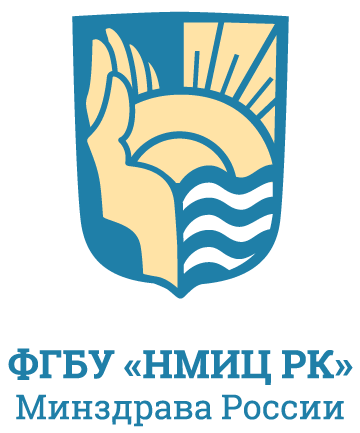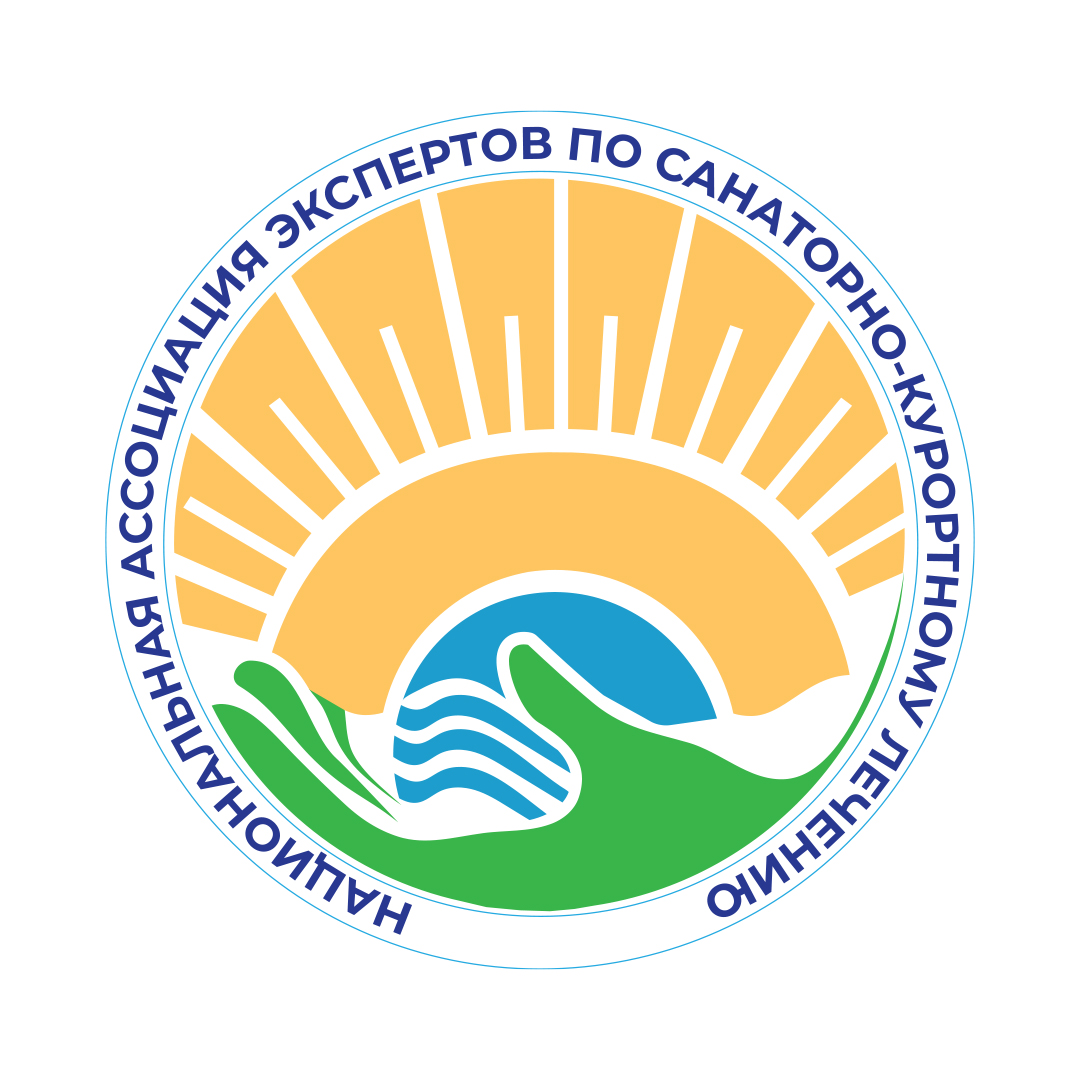Выпуск 24-3, 2025
Обзорная статья
Физическая реабилитация для коррекции диастаза у женщин после родов средствами лечебной физической культуры: обзор
Гукасян М.Х.1,2,*, Бакай И.Н.2
1 ООО «ЭКСПРЕСС ФИТНЕС 2», Москва, Россия
2 Российский государственный социальный университет, Москва, Россия
РЕЗЮМЕ
ВВЕДЕНИЕ. Диастаз прямых мышц живота (ДПМЖ) — патологическое состояние соединительной и мышечной ткани, при котором наблюдается утончение и растяжение белой линии живота. Последние актуальные статистические данные указывают на высокий риск возникновения ДПМЖ у женщин как во время беременности, так и в послеродовый период (ПП). Оптимальным средством коррекции ДПМЖ является лечебная физическая культура.
ОСНОВНОЕ СОДЕРЖАНИЕ ОБЗОРА. В данном обзоре проведен анализ особенностей коррекции ДПМЖ у женщин в ПП с помощью физических упражнений. Обзор был составлен на основе методологии исследования, разработанной Институтом Джоанны Бриггс (Joanna Briggs Institute — JBI) — международной исследовательской организацией, специализирующейся в области доказательной медицины в сотрудничестве с партнерами, а также на основе рекомендаций по лечению и данных метаанализа Scoping Review. Также изучались рандомизированные контролируемые клинические исследования, описательные исследования, статьи, опубликованные на английском языке и в полнотекстовом виде, без каких-либо ограничений по дате публикации.
ЗАКЛЮЧЕНИЕ. Полученные данные позволили определить основные направления в использовании средств физической реабилитации в ПП для коррекции ДПМЖ.
КЛЮЧЕВЫЕ СЛОВА: диастаз прямых мышц живота, мышцы живота, физические упражнения, реабилитация, послеродовый период
ДЛЯ ЦИТИРОВАНИЯ:
Гукасян М.Х., Бакай И.Н. Физическая реабилитация для коррекции диастаза у женщин после родов средствами лечебной физической культуры: обзор. Вестник восстановительной медицины. 2025; 24(3):113–122. https://doi.org/10.38025/2078-1962-2025-24-3-113-122 [Ghukasyan M.Kh., Bakay I.N. Physical Rehabilitation for Correction of Diastasis in Postpartum Women through Exercise: a Review. Bulletin of Rehabilitation Medicine. 2025; 24(3):113–122. https://doi.org/10.38025/2078-1962-2025-24-3-113-122 (In Russ.).]
ДЛЯ КОРРЕСПОНДЕНЦИИ:
Гукасян Марине Хачиковна, Е-mail: marineshka7@icloud.com
Список литературы:
-
Hernandez-Granados P., Henriksen N.A., Berrevoet F., et al. European Hernia Society guidelines on management of rectus diastasis. British Journal of Surgery. 2021; 108:1189–1191
-
Chen B., Zhao X., Hu Y. Rehabilitations for maternal diastasis recti abdominis: An update on therapeutic directions. Heliyon. 2023; 9(10): e20956. https://doi.org/10.1016/j.heliyon.2023.e20956
-
Бернштейн А.Н. Биомеханика для инструкторов. Москва: Издательство «Клинопись», 2023; 220 с. [Bernstein A.N. Biomechanics for instructors. Moscow: Klinopis Publishing House, 2023; 220 p. (In Russ.).]
-
Liaw L.J., Hsu M.J., Liao C.F., et al. The relationships between inter-recti distance measured by ultrasound imaging and abdominal muscle function in postpartum women: a 6-month follow-up study. Journal of Orthopaedics and Sports Physical Therapy. 2011; 41: 435–443. https://doi.org/10.2519/jospt.2011.3507
-
Temel M., Turkmen A., Berberoglu O. Improvements in vertebral-column angles and psychological metrics after abdominoplasty with rectus plication. Aesthetic Surgery Journal. 2016; 36: 577–587. https://doi.org/10.1093/asj/sjv257
-
Claus C., Malcher F., Cavazzola L.T., et al. Subcutaneous onlay laparoscopic approach (scola) for ventral hernia and rectus abdominis diastasis repair: technical description and initial results. Arquivos Brasileiros de Cirurgia Digestiva. 2018; 31(4): e1399. https://doi.org/10.1590/0102-672020180001e1399
-
Systematic Review Resource Package. Method for Systematic Review Research. Quick Reference Guide. Queen’s Joanna Briggs Collaboration Version 4.0. The Joanna Briggs Institute. 2015; Edition / Supplement.
-
Gluppe S., Engh M.E., Bø K. What is the evidence for abdominal and pelvic floor muscle training to treat diastasis recti abdominis postpartum? A systematic review with meta-analysis. Braz J Phys Ther. 2021; 25(6): 664–675. https://doi.org/10.1016/j.bjpt.2021.06.006
-
Skoura A., Billis E., Papanikolaou D.T., et al. Diastasis Recti Abdominis Rehabilitation in the Postpartum Period: A Scoping Review of Current Clinical Practice. Int Urogynecol J. 2024; 35(3): 491–520. https://doi.org/10.1007/s00192-024-05727-1
-
Dudic R., Vaska E. Physiotherapy in a patient with diastasis of the rectus abdominis muscle after childbirth. Ceska Gynekol. 2023; 88: 180–185. https://doi.org/10.48095/cccg2023180
-
Carlstedt A., Bringman S., Egberth M., et al. Management of diastasis of the rectus abdominis muscles: recommendations for swedish national guidelines. Scand J Surg. 2021; 110(3): 452–459. https://doi.org/10.1177/1457496920961000
-
Molina B.J., Janis J.E. Diastasis Recti. In Fundamentals of Hernia Radiology. Springer International Publishing. 2023; p. 299–313. https://doi.org/10.1007/978-3-031-21336-6_26
-
Chen, B., Zhao, X., Hu, Y. Rehabilitations for maternal diastasis recti abdominis: An update on therapeutic directions. Heliyon. Elsevier Ltd. 2023; 9(10): e20956. https://doi.org/10.1016/j.heliyon.2023.e20956
-
Hanif S.M. Therapeutic exercise in the reduction of diastasis recti: case reports. Pak J Med Res. 2017; 56(3): 104–107
-
Beer G.M., Schuster A., Seifert B., et al. The normal width of the linea alba in nulliparous women. Clin Anat. 2009; 22(6): 706–711. https://doi.org/10.1002/ca.20836
-
Depledge J., McNair P., Ellis R. Exercises, Tubigrip and taping: can they reduce rectus abdominis diastasis measured three weeks post-partum? Musculoskelet Sci Pract. 2021; 53: 102381. https://doi.org/10.1016/j.msksp.2021.102381
-
Djivoh Y.S., De Jaeger D. Acute effect of sit-up versus curl-up on the interrecti distance: a cross-sectional study in parous women. Prog Urol. 2022; 32(11): 776–783. https://doi.org/10.1016/j.purol.2022.07.140
-
Chiarello C.M., McAuley J.A., Hartigan E.H. Immediate Effect of Active Abdominal Contraction on Inter-recti Distance. J Orthop Sports Phys Ther. 2016; 46(3):1 77–183. https://doi.org/10.2519/jospt.2016.6102
-
Li Q., Lei S., Liu Y., et al. Effectiveness of yoga on the interrectus distance in early postpartum women: a high-frequency ultrasound study. Biomed Res Int. 2022; 2022(1): 8908095. https://doi.org/10.1155/2022/8908095
-
Laframboise F.C., Schlaff R.A., Baruth M. Postpartum Exercise Intervention Targeting Diastasis Recti Abdominis. Int J Exerc Sci. 2021; 14(3): 400–409. https://doi.org/10.70252/garz3559
-
Lee D., Hodges P.W. Behavior of the linea alba during a curl-up task in diastasis rectus abdominis: an observational study. J Orthop Sports Phys Ther. 2016; 46(7): 580–589. https://doi.org/10.2519/jospt.2016.6536
-
Saleem Z., Khan A.A., Farooqui S.I., et al. Effect of exercise on inter-recti distance and associated low back pain among post-partum females: a randomized controlled trial. J Family Reprod Health. 2021; 15(3): 202–209. https://doi.org/10.18502/jfrh.v15i3.7139
-
Kamel D.M., Yousif A.M. Neuromuscular electrical stimulation and strength recovery of postnatal diastasis recti abdominis muscles. Ann Rehabil Med. 2017; 41(3): 465–474. https://doi.org/10.5535/arm.2017.41.3.465
-
Liang P., Liang M., Shi S., et al. Rehabilitation programme including EMG-biofeedback-assisted pelvic floor muscle training for rectus diastasis after childbirth: a randomised controlled trial. Physiotherapy. 2022; 117: 16–21. https://doi.org/10.1016/j.physio.2022.05.001
-
Keshwani N., Mathur S., McLean L. The impact of exercise therapy and abdominal binding in the management of diastasis recti abdominis in the early post-partum period: a pilot randomized controlled trial. Physiother Theory Pract. 2021; 37(9): 1018–1033. https://doi.org/10.1080/09593985.2019.1675207
-
Walton L.M., Costa A., LaVanture D., et al. The effects of a 6 week dynamic core stability plank exercise program compared to a traditional supine core stability strengthening program on diastasis recti abdominis closure, pain, Oswestry Disability Index (ODI) and Pelvic Floor Disability Index scores (PFDI) Phys Ther Rehabil. 2016; 3(1):3. http://dx.doi.org/10.7243/2055-2386-3-3
-
Sancho M.F., Pascoal A.G., Mota P., et al. Abdominal exercises affect inter-rectus distance in postpartum women: a two dimensional ultrasound study. Physiotherapy. 2015; 101(3): 286–291. https://doi.org/10.1016/j.physio.2015.04.004
-
Tuttle L.J., Fasching J., Keller A., et al. Noninvasive treatment of postpartum diastasis recti abdominis: a pilot study. J Womens Health Phys Ther. 2018; 42(2): 65–75. http://dx.doi.org/10.1097/JWH.0000000000000101
-
Theodorsen N.M., Strand L.I., Bø K. Effect of pelvic floor and transversus abdominis muscle contraction on inter-rectus distance in postpartum women: a cross-sectional experimental study. Physiotherapy. 2019; 105(3): 315–320. https://doi.org/10.1016/j.physio.2018.08.009
-
Radhakrishnan M., Ramamurthy K. Efficacy and challenges in the treatment of diastasis recti abdominis-A scoping review on the current trends and future perspectives. Diagnostics. 2022; 12(9): 2044. https://doi.org/10.3390/diagnostics12092044
-
Peters M.D.J., Marnie C., Tricco A.C., et al. Updated methodological guidance for the conduct of scoping reviews. JBI Evid Synth. 2020; 18(10): 2119–2126. https://doi.org/10.11124/jbies-20-00167
-
Gluppe S.B., Engh M.E., Bø K. Immediate effect of abdominal and pelvic floor muscle exercises on interrecti distance in women with diastasis recti abdominis who were parous. Phys Ther. 2020; 100(8): 1372–1383. https://doi.org/10.1093/ptj/pzaa070
-
Dufour S., Bernard S.A., Murray-Davis B., et al. Establishing expert-based recommendations for the conservative management of pregnancy-related diastasis rectus abdominis: a Delphi consensus study. J Womens Health Phys Ther. 2019; 43(2): 1. http://dx.doi.org/10.1097/JWH.0000000000000130
-
Gluppe S.L., Hilde G., Tennfjord M.K., et al. Effect of a postpartum training program on the prevalence of diastasis recti abdominis in postpartum primiparous women: a randomized controlled trial. Phys Ther. 2018; 98(4): 260–268. https://doi.org/10.1093/ptj/pzy008
-
Thabet A.A., Alshehri M.A. Efficacy of deep core stability exercise program in postpartum women with diastasis recti abdominis: a randomised controlled trial. J Musculoskelet Neuronal Interact. 2019; 19(1): 62–68
-
Kim S., Yi D., Yim J. The effect of core exercise using online videoconferencing platform and offline-based intervention in postpartum woman with diastasis recti abdominis. Int J Environ Res Public Health. 2022; 19(12): 7031. https://doi.org/10.3390/ijerph19127031
-
Ema R., Akagi R., Wakahara T., et al. Training-induced changes in architecture of human skeletal muscles: current evidence and unresolved issues. J Phys Fit Sports Med. 2016; 5(1): 37–46. http://dx.doi.org/10.7600/jpfsm.5.37
-
Arranz-Martín B., Navarro-Brazález B., Sánchez-Sánchez B., et al. The impact of hypopressive abdominal exercise on linea alba morphology women who are postpartum: a short-term cross-sectional study. Phys Ther. 2022; 102(8): pzac086. https://doi.org/10.1093/ptj/pzac086
-
Leopold M., Santiago K., Cheng J., et al. Efficacy of a core strengthening program for diastasis rectus abdominis in postpartum women: a prospective observational study. J Womens Health Phys Ther. 2021; 45(4): 147–163. http://dx.doi.org/10.1097/JWH.0000000000000214

Контент доступен под лицензией Creative Commons Attribution 4.0 License.
©
Эта статья открытого доступа по лицензии CC BY 4.0. Издательство: ФГБУ «НМИЦ РК» Минздрава России.




